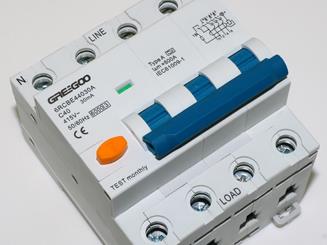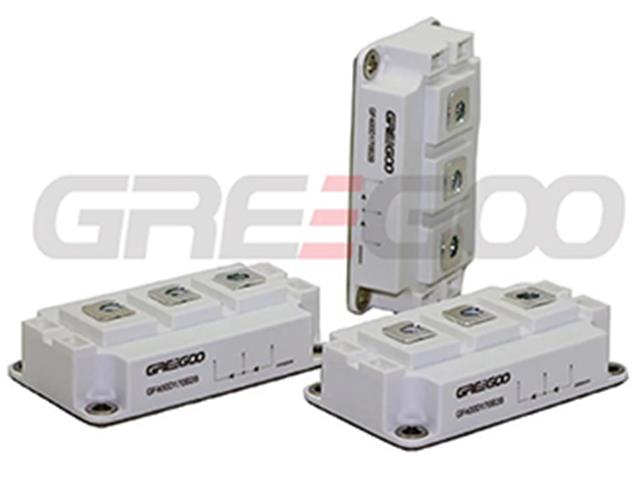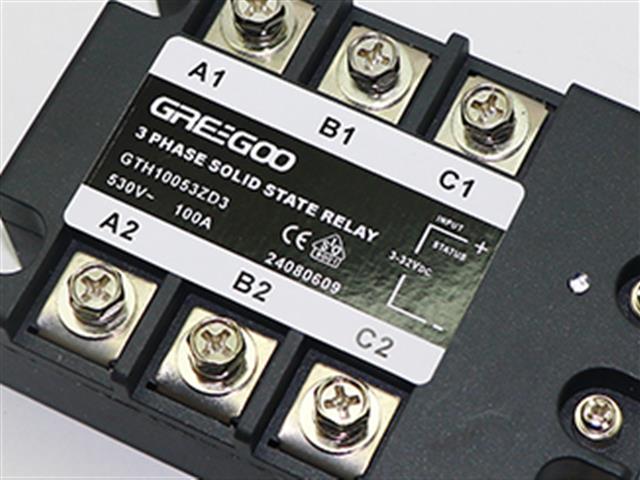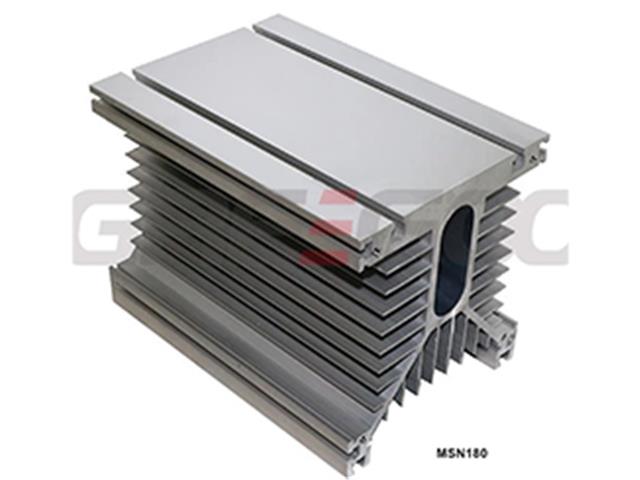Gas-Filled Relays vs. Vacuum Relays: A Comparison and Application in High Voltage Switching Technology
Gas-filled relays and vacuum relays are both electrical devices used for high voltage switching, but they have some differences in structure and application.
Gas-filled relays are filled with gas, usually an inert gas such as nitrogen or sulfur hexafluoride (SF6), which helps extinguish the arc when switching high voltages. Gas-filled relays can handle very high voltages and currents and are commonly used in power transmission and distribution systems.
Vacuum relays operate within a vacuum chamber. The vacuum environment prevents arc formation, allowing them to handle high voltages more efficiently and reduce contact wear. This also enables the relay to switch faster than those in the air. Vacuum relays are durable, compact, and operate quietly, making them ideal for applications requiring rapid switching and control of high voltage circuits, such as RF transmission and power distribution systems.
Both provide reliable solutions for high voltage applications, but vacuum relays are particularly suited for situations requiring fast switching due to their quick response and low wear characteristics.

RCBO - electronic and magnetic type, type A and AC, maximum up to 40A
6kA RCBO, 4P/2P, type A/AC, 6A to 40A, electronic and magnetic tripping
Read More
Fast Recovery Diode Modules vs. Standard Recovery Diode Modules: Which One to Choose?
Fast recovery diode modules are ideal for applications that require rapid switching and high efficiency, while standard diode modules are better suited for low-frequency and DC applications
Read More
Solid State Relay, Direct Factory Price, Greegoo is your Best Choice!
Solid State Relay, Direct Factory Price, Greegoo is your Best Choice!
Read More
Guide to Heatsink Calculation and Selection
A heatsink is a device used for heat dissipation, commonly found in electronic devices to help dissipate heat and prevent overheating.
Read More













